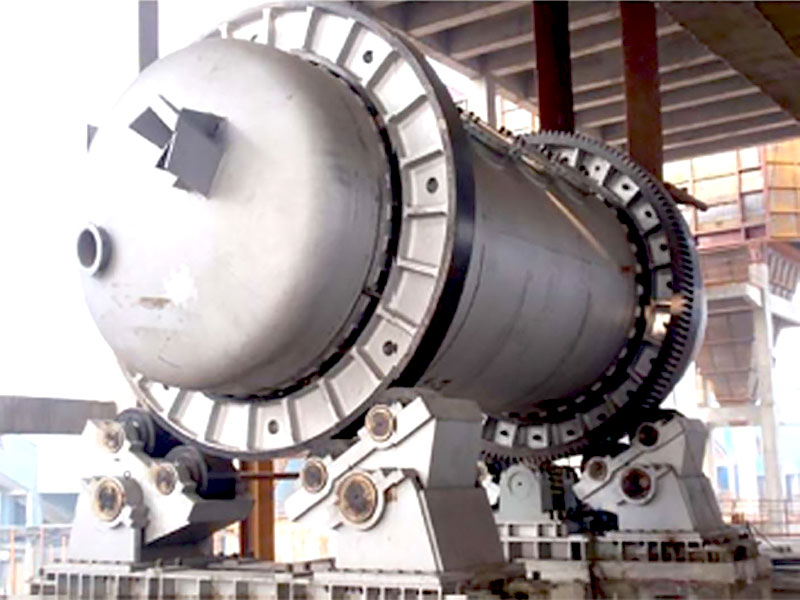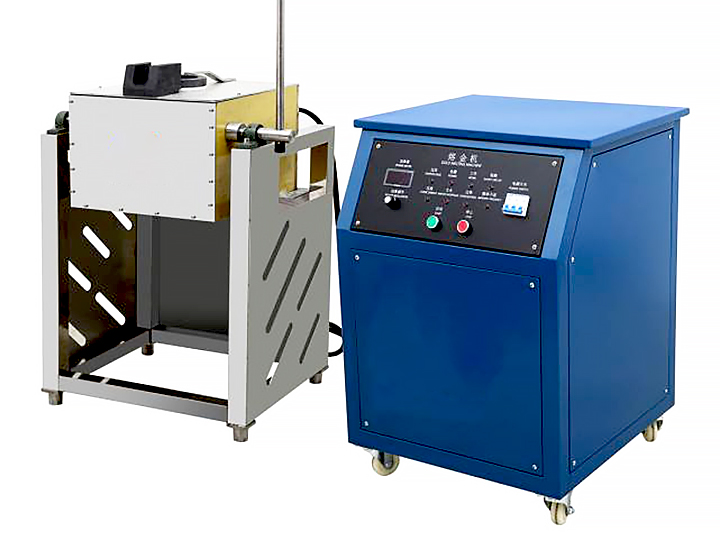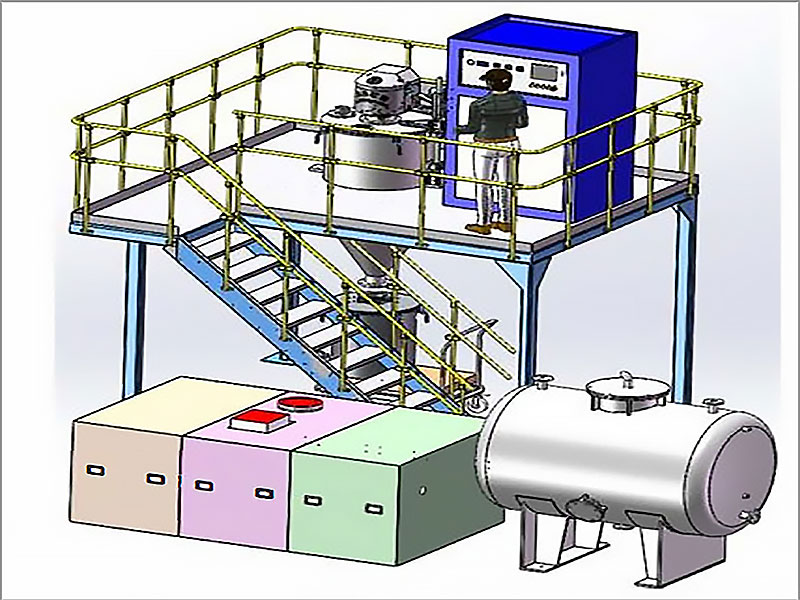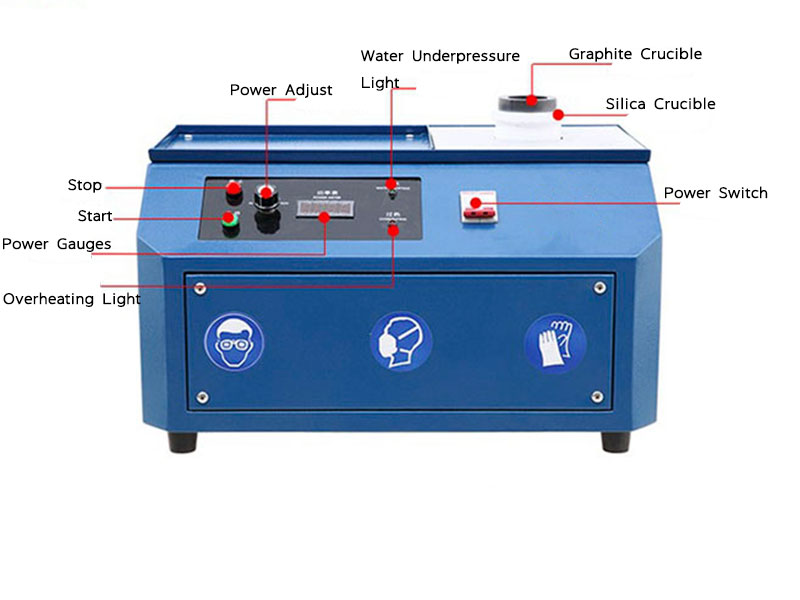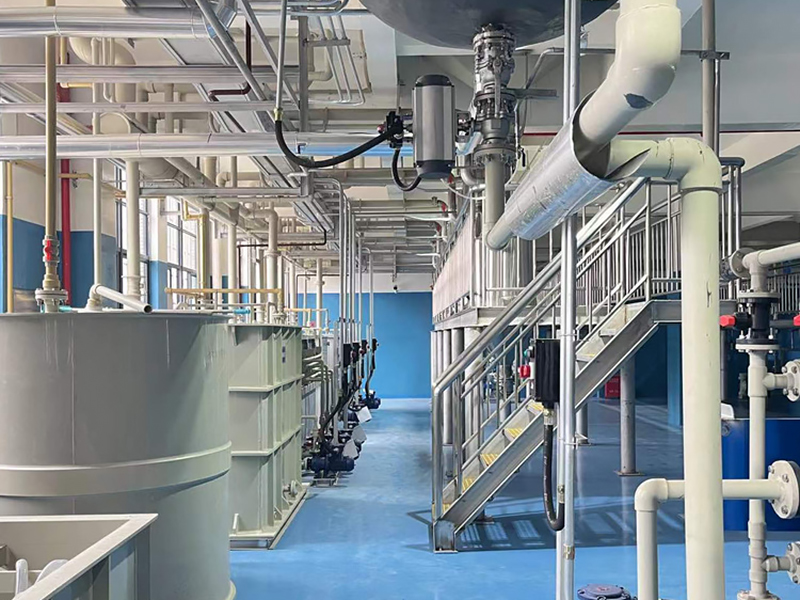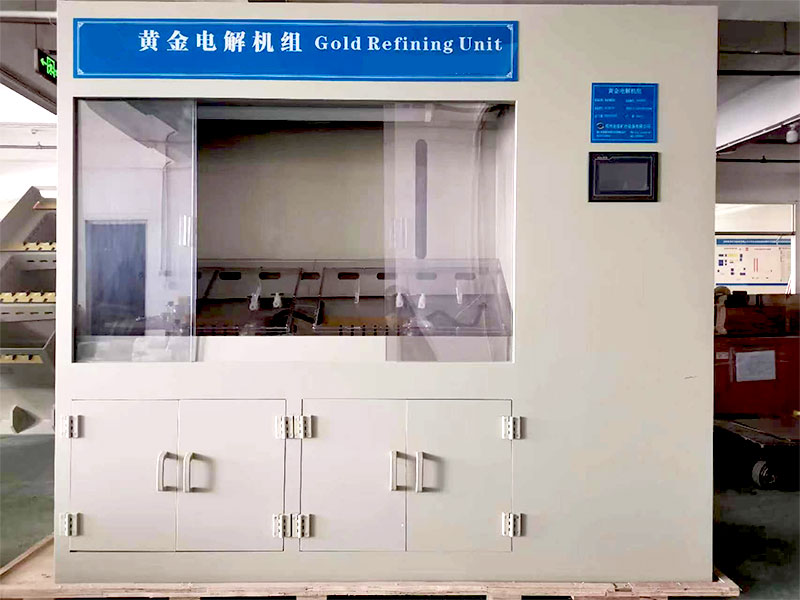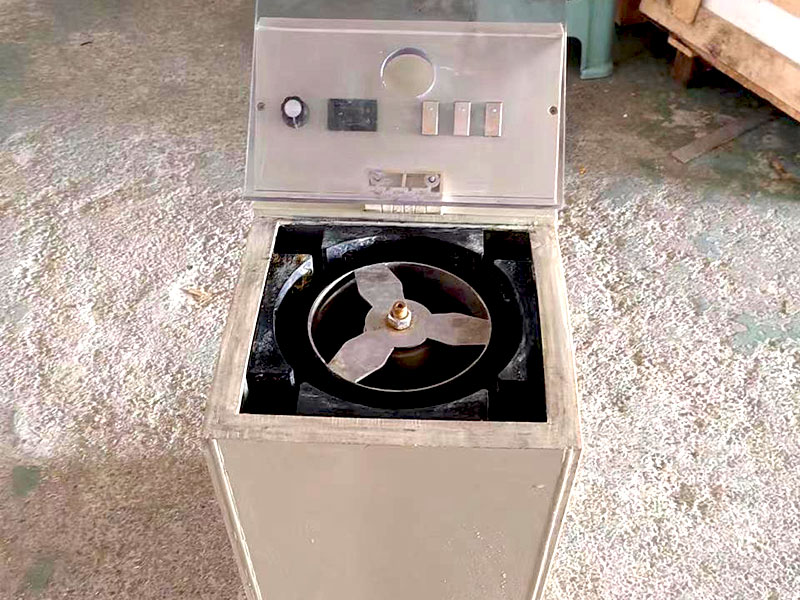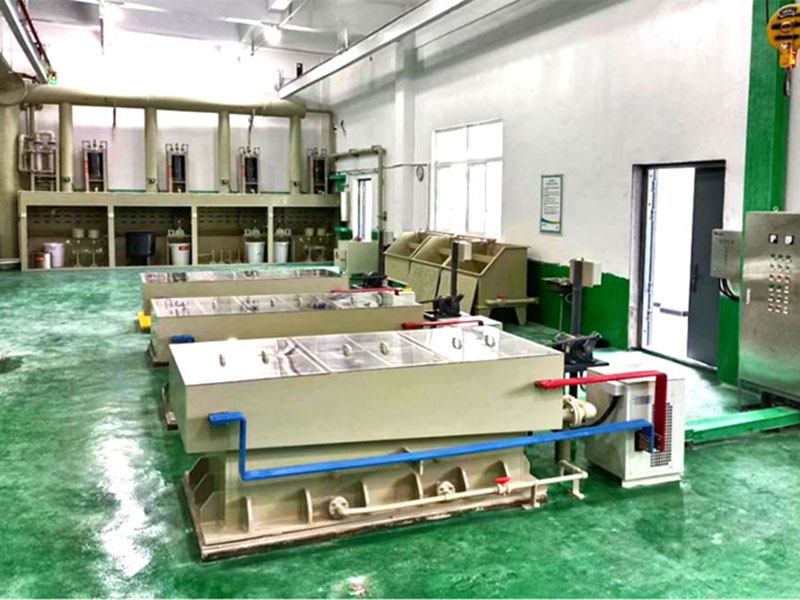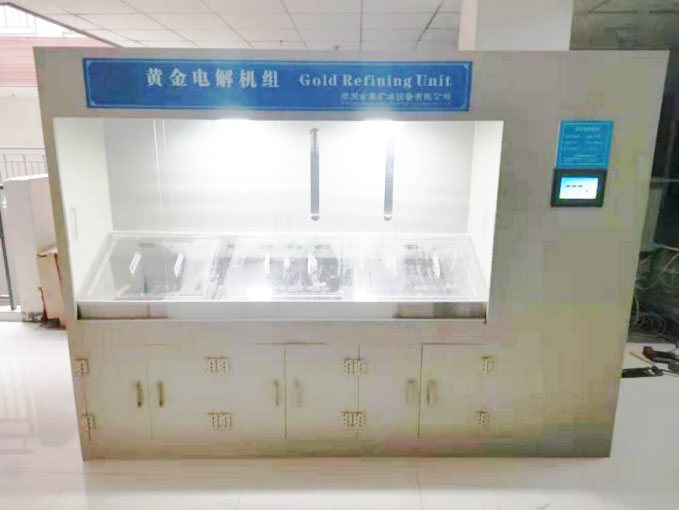electrolytic refining anode silver
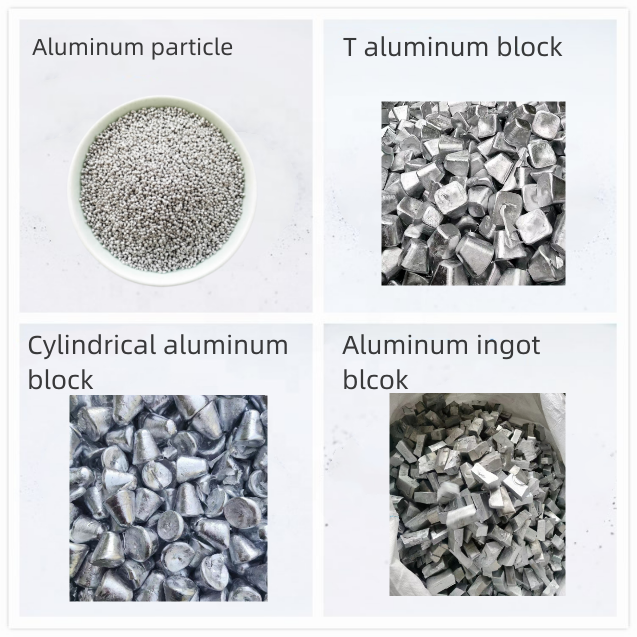
Electrolytic Refining Anode for Silver: A Comprehensive Guide
Electrolytic refining is an essential process in the purification of metals, particularly silver. Among the critical components of this method is the anode, which plays a significant role in the efficiency and effectiveness of the refining process. This article explores the concept of electrolytic refining, the function of the anode in silver purification, and the benefits associated with this method.
What is Electrolytic Refining?
Electrolytic refining, also known as electrorefining, is a metallurgical process that uses electrolysis to purify metals. In this method, an impure metal (the anode) is submerged in an electrolyte solution containing metal salts. When an electric current passes through the solution, metal ions from the anode dissolve and migrate to a cathode, where they are deposited as pure metal.
The electrolytic refining process is widely used for several metals, including copper, gold, and silver, due to its ability to achieve high levels of purity.
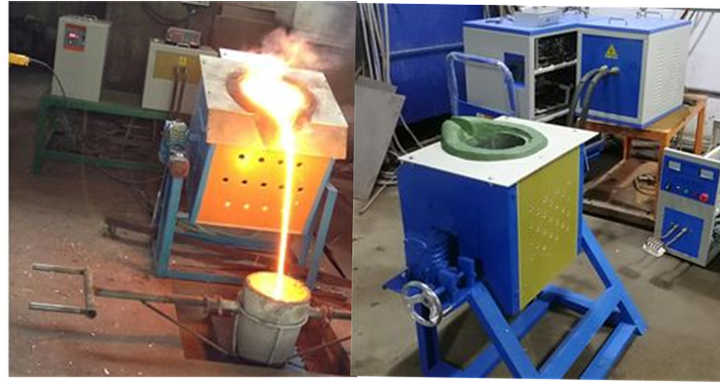
The Role of the Anode in Silver Refining
The anode in the electrolytic refining process is a crucial element, especially for silver purification. Here’s a closer look at its roles and functions:
1. Dissolution of Impure Silver
The primary function of the anode is to provide a source of silver for the electrolysis process. As the electric current flows, silver ions from the impure anode dissolve into the electrolyte solution. This dissolution allows the impurities present in the silver to remain in the anode or be left behind in the cell, thereby promoting a cleaner refining process.
2. Migration of Ions
As the silver ions are released from the anode into the electrolyte, they move towards the cathode. This migration is facilitated by the electric field created by the applied current. The ions then deposit onto the cathode, where they form pure silver. This process not only purifies the silver but also concentrates the impurities that remain at the anode.
3. Impurity Management
The impurities that do not dissolve from the anode during electrolysis accumulate at the base of the electrolytic cell, often forming what is known as anode sludge. The anode helps in effectively managing these impurities, preventing them from contaminating the refined silver at the cathode. By capturing impurities, the anode ensures that the resulting silver is of high purity, which is crucial for various applications, including jewelry and electronics.

Benefits of Using an Electrolytic Refining Anode for Silver
The electrolytic refining anode provides several advantages in the purification of silver:
- High Purity Levels: One of the primary benefits of using an anode in electrolytic refining is the ability to produce silver of exceptional purity. The controlled environment and systematic process allow for minimal contamination during the refining.
- Efficiency in Metal Recovery: Electrolytic refining is known for its high recovery rates. The anode plays a critical role in this by facilitating the dissolution of silver while minimizing losses, leading to effective metal recovery.
- Cost-Effectiveness: By enhancing the purity and efficiency of the refining process, the use of an anode can contribute to lower operational costs. High-quality silver commands better market prices, making the refining process more economically viable.
Choosing the Right Anode for Silver Refining
Selecting the appropriate anode for silver refining involves several considerations:
- Material Composition: The material of the anode should be compatible with the electrolyte solution. Typically, impure silver is used as the anode, which contains both silver and various impurities.
- Size and Shape: The size and shape of the anode should be designed to fit the electrolytic cell, ensuring optimal performance and effective ion transfer.
- Durability: The anode must withstand the electrolysis process without degrading or affecting the quality of the refined silver. It should maintain structural integrity throughout the refining cycle.
The electrolytic refining anode for silver is an indispensable component in the metal purification process. By facilitating the dissolution of impure silver, managing impurities, and promoting efficient ion migration, the anode plays a critical role in achieving high-purity silver. This process not only enhances the quality of the refined product but also contributes to the overall efficiency and cost-effectiveness of silver refining operations. For anyone involved in silver refining, understanding the importance and functionality of the anode is essential for optimizing the refining process and ensuring the highest quality output.

